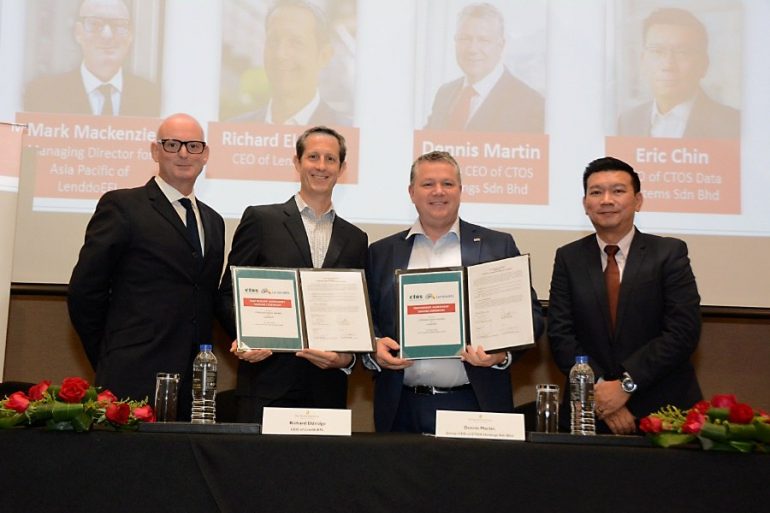Originally posted on fintechnews.sg
PHILIPPINES (Fintechnews) October 22, 2019 – Rizal Commercial Banking Corporation (RCBC) has sealed a partnership with LenddoEFL for faster and more convenient financial account opening for Filipinos through an end-to-end digital verification and authentication solution. To date, Know Your Customer (KYC) processes have always required a face-to-face or real-time online interview to onboard bank customers.
“With digital KYC, consumers, particularly those who are unbanked, can open deposit accounts, apply for loans online, take out new insurance policies, do money transfers, and pay more than 2,000 billers through RCBC’s DiskarTech virtual bank in less than five minutes, anytime, anywhere. This is simply commoditizing customer convenience in an era when consumers prefer to interact through online channels,” said executive vice president and chief innovation and inclusion officer Lito Villanueva.
Government regulator Bangko Sentral ng Pilipinas (BSP) has been at the forefront in championing inclusive digital finance and digitalization through emerging regulations leveraging on technology. “Overcoming the barriers to digital connectivity will not only promote accessibility to digital financial products, but will allow innovators to improve the design, enhance security features, and drive down the cost of financial services,” in a speech delivered by BSP Governor Benjamin Diokno at the recent 2019 Financial Executives (FINEX) conference.
“This is a game-changer as we continue to adopt alternative digital verification to help push for a more secure, faster and reliable verification process to onboard more unbanked and underserved segments into the financial system, supporting BSP's mission of financial inclusion,” said Judith Dumapay, APAC Sales Director Philippines, LenddoEFL.
Based on the 2017 Financial Inclusion Survey, only 23% of Filipino adults have a formal account. Only 48% of adults save, but 7 in 10 savers keep their savings at home. Of the 22% of Filipino adults who avail loans, 4 in 10 do so through informal sources.

















